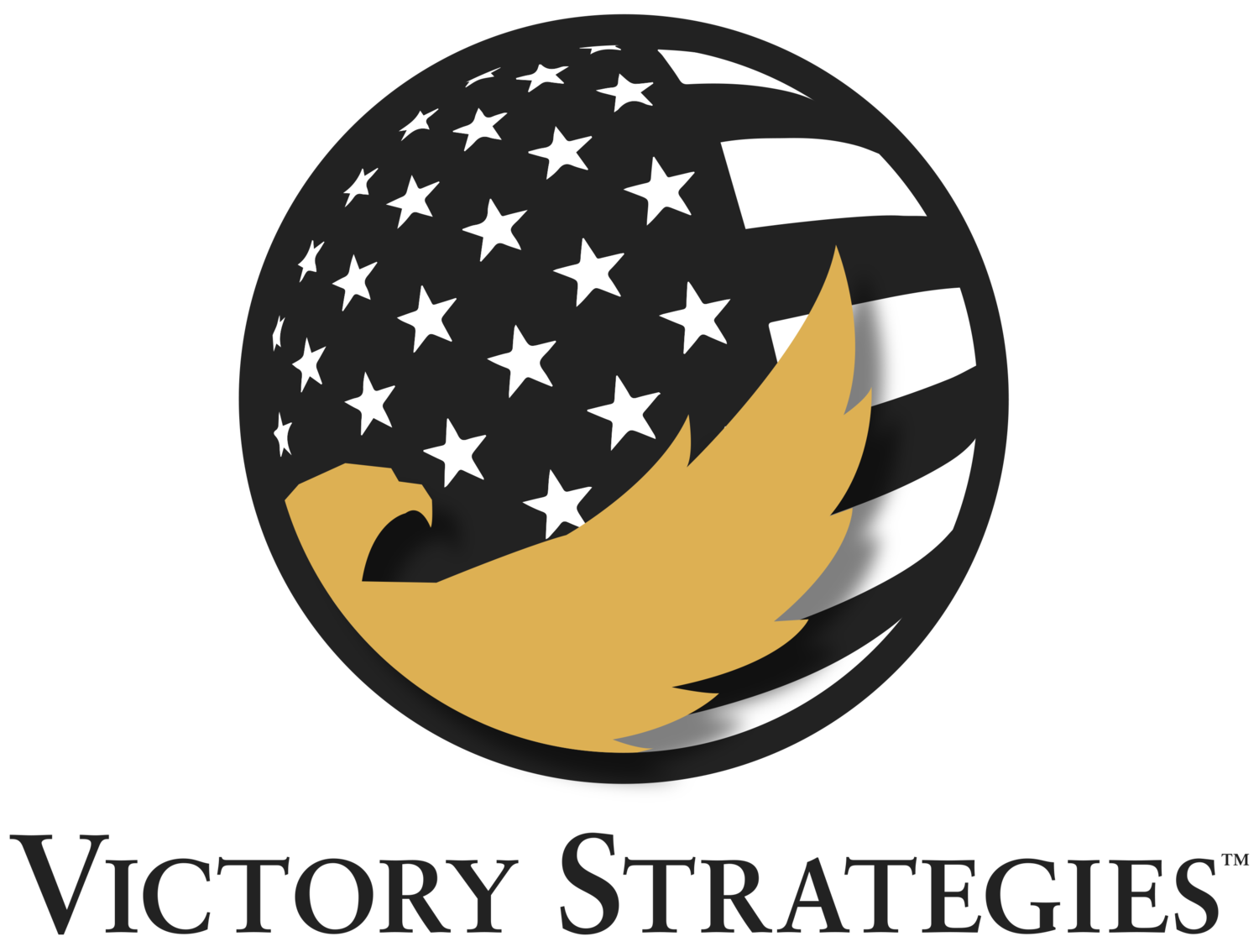We each have our own “special” relationship with email. That relationship can change over time with each message and the volume of emails both sent and received. Nonetheless, email is a fact of business and professional life, therefore we must learn to manage email and not have email manage us.
Interestingly, email has been around for longer than we think, with the first email being sent in 1971. Ever since then, people have been finding unique ways to manage, filter, and sort emails. Thus, email is a useful medium and valuable communication tool, yet anyone can become overwhelmed and beholden to their inbox. Don’t get me wrong, email is important, but the more time we dedicate to it, the less time we have as leaders to connect personally and engage directly with our teammates.
In a 2020 LinkedIn article by Hemant Mandaliya, he stated 86% of professionals say that email is their preferred method of communication. He also stated that, on average, each person checks their email over 15 to 20 times a day, absorbing over five hours of a person’s day across their multiple devices. Just think, if you can reduce time checking email, that time can be used for more personal meetings, interactions and connecting. These connections and conversations are important for healthy organizations and team member growth.
I’ve had the privilege of leading military units of various sizes from 100 to over 1000 people. In my post-military career, I worked with a small team for a large and global financial company, solving sizeable corporate governance problems. Throughout these organizations, email was widely used, occasionally abused, and overly relied upon for communication, decision making, and even personnel changes.
Over the course of my experiences, I have found some useful email rules of engagement, tips and techniques that have worked well for me, and may help you manage, filter and sort your emails in 2023. The goal is to make your use of e-mail as efficient as possible, with the goal to have more time to put to other uses like human-to-human contact, team building and mentoring others.
I taught my team to use the following headers with guidelines to help me triage my e-mail and understand what was expected of me:
INFO – This is simply informing the readers of a piece of information, where no action or decision is required.
ACTION – Use this header when you want the recipient to take some sort of action on the email subject. This may require one person or a team to move forward with something previously discussed or deliberated.
DECISION – Use this header when you are asking someone to make a decision or announcing a decision you have made on a subject. This could also be used for something you need an answer on.
911 – As you can imagine, this means emergency or saying you need immediate assistance, and that this is priority number one. If you are not comfortable using this, consider using URGENT instead. This may be something where you consider a phone call or immediate face to face instead of email.
In every email, I encouraged my team to start with a “BLUF”—Bottom Line up Front. I recommend using this in the body of the email in the first few sentences to quickly summarize what the email is about. Once you succinctly communicate what the email is about, then the remainder of the email body can be supporting information, links, attachments, etc. This technique helps to properly frame the reader’s attention first and then explain and provide support after outlining the emails most important content. Just as you search for ways to triage your email, this will assist others in doing the same thing.
So, as we start a new year and set new goals and objectives, spend some time with your team and encourage them to use these email techniques. This can be a face to face or video call, but schedule time to set and discuss email rules of engagement and usage. Also, schedule time in the first few months for feedback and adjustments to this technique. Actions like this can seem like a small investment yet will multiply productivity and yield valuable returns in the future. This way, you can spend less time staring at a screen and more time leading, guiding and coaching your team to achieve their best.
Authored By: Thomas Dorl, Managing Director

